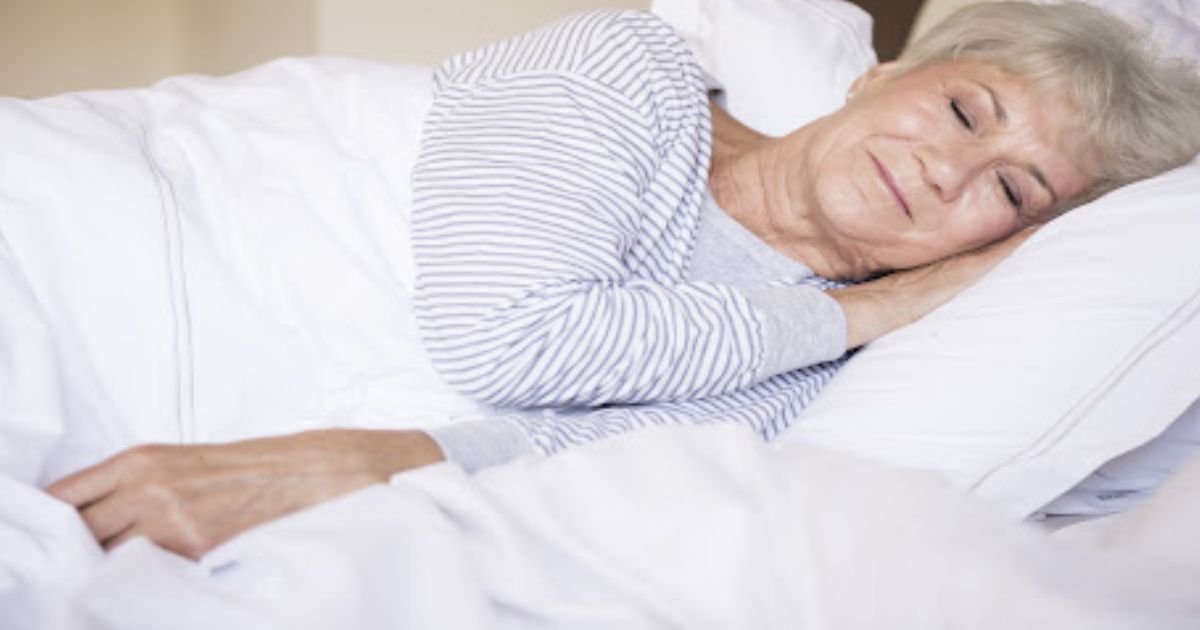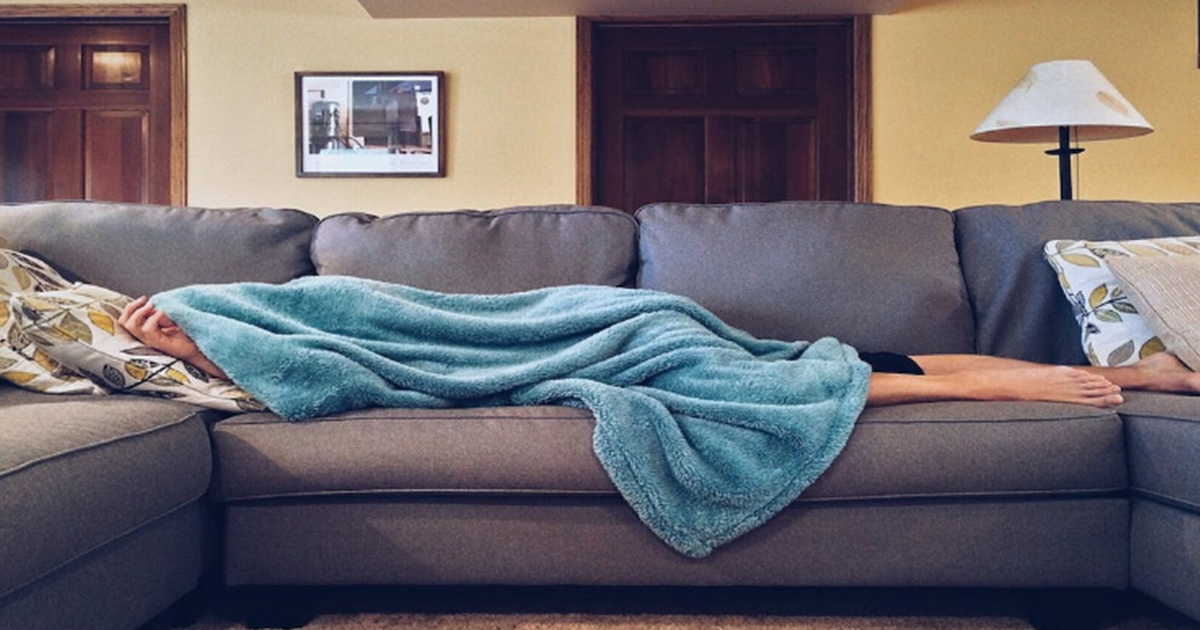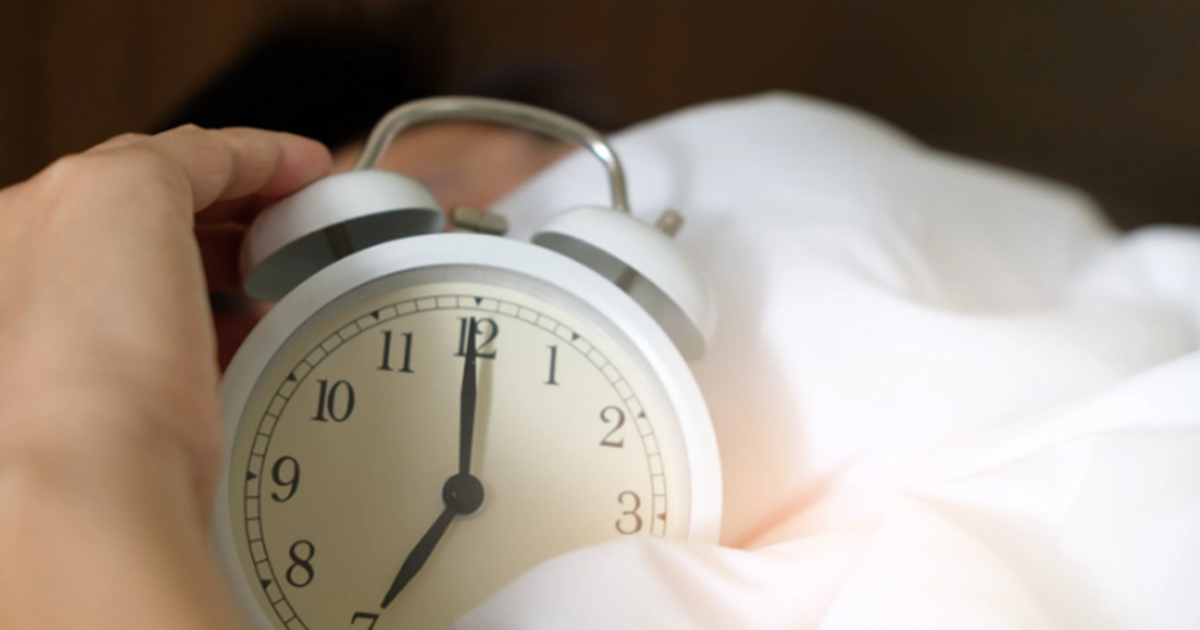Are you experiencing excessive daytime sleepiness, sleep paralysis, hallucinations or loss of muscle control? These are all characteristics of narcolepsy – a chronic neurological disorder that affects one’s control of sleep and wakefulness. People who suffer from this disorder may have sudden, uncontrollable episodes of falling asleep in the daytime.
The unpredictable bouts of sleep that affect people with narcolepsy can strike at any time, even during regular daily activities. Symptoms can begin any time, but usually are noticed between the ages of 10 and 25.
There is no known cause, but scientists have found that genetics, a deficiency of hypocretin (a brain chemical that regulates REM sleep), head trauma and brain abnormalities may all contribute to narcolepsy.
Symptoms of Narcolepsy
Excessive Daytime Sleepiness (EDS)
Excessive Daytime Sleepiness, or EDS, affects normal daily activities, whether or not the person has had a good night of sleep. Mental fogginess, low energy, poor concentration, memory lapses and depression are all signs of EDS. All people with narcolepsy experience excessive sleepiness.
Cataplexy
Cataplexy is the sudden loss of voluntary muscle control that causes weakness or limpness. It may cause anything from slurred speech to full on body collapse. It is often brought on by strong emotions such as intense fear, laughter, anger or surprise. About 70% of people with narcolepsy experience cataplexy.
Sleep Paralysis
Sleep paralysis causes brief episodes of the temporary inability to move and/or speak when falling asleep or when waking up. After these episodes, which last anywhere from a few seconds to a few minutes, people completely recover their mental capacity rather quickly. These experiences can be unnerving and are experienced by about 60% of people with narcolepsy.
Hallucinations
Hallucinations are vividly delusional episodes that can often be frightening. Hypnagogic hallucinations occur as a person falls asleep. Hypnopompic hallucinations occur as a person is waking up. Approximately 65% of people who suffer from narcolepsy experience hallucinations.
Narcolepsy can be diagnosed with a clinical examination that looks at your medical history. Your physician may ask you to begin by keeping a sleep journal. There are specialized tests that can be done in a sleep clinic. Two important tests that are used to diagnose this disorder are the polysomnogram and the multiple sleep latency test. The polysomnogram is an overnight test, while the multiple sleep latency test is performed during the day.
There is no cure, but symptoms can be managed through lifestyle adjustments such as establishing a firm sleep schedule, taking routine naps, avoiding caffeine, alcohol and heavy meals, and adhering to a regular exercise schedule. There are also several medications that can be used to treat the symptoms. These include sodium oxybate to increase deep sleep, stimulants to treat sleepiness, selective serotonin reuptake inhibitors, and serotonin and norepinephrine reuptake inhibitors to treat cataplexy, hypnagogic hallucinations and sleep paralysis.
If you suspect you are suffering from narcolepsy or another sleep disorder, contact Dr. Nassar and the sleep specialists at Jacksonville Sleep Center. Through a complete examination and specialized tests, they can make a proper diagnosis and find the best treatment options for managing your symptoms.
https://jaxsleepcenter.com/narcolepsy/#8e74e7178ec1f94c8
https://sleepfoundation.org/sleep-disorders-problems/narcolepsy-and-sleep
https://www.ninds.nih.gov/Disorders/Patient-Caregiver-Education/Fact-Sheets/Narcolepsy-Fact-Sheet






